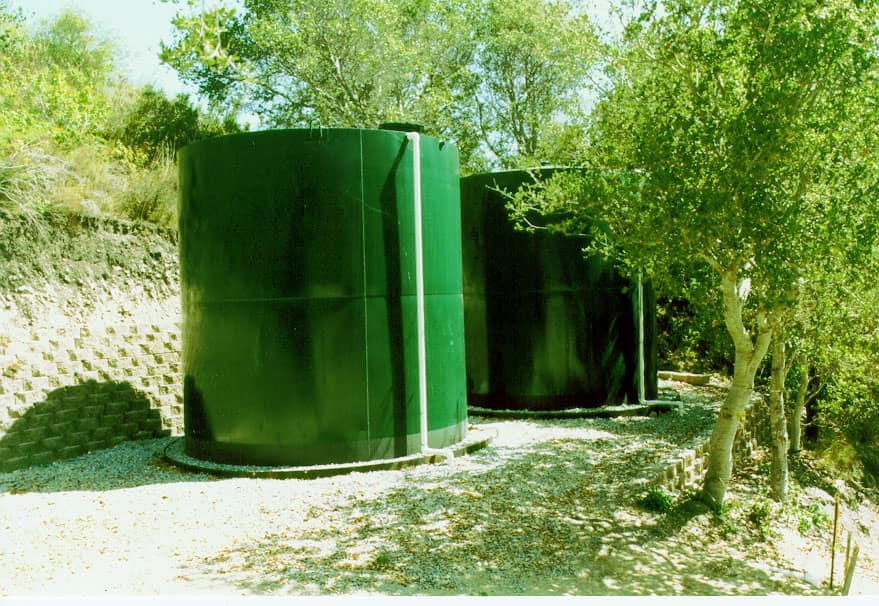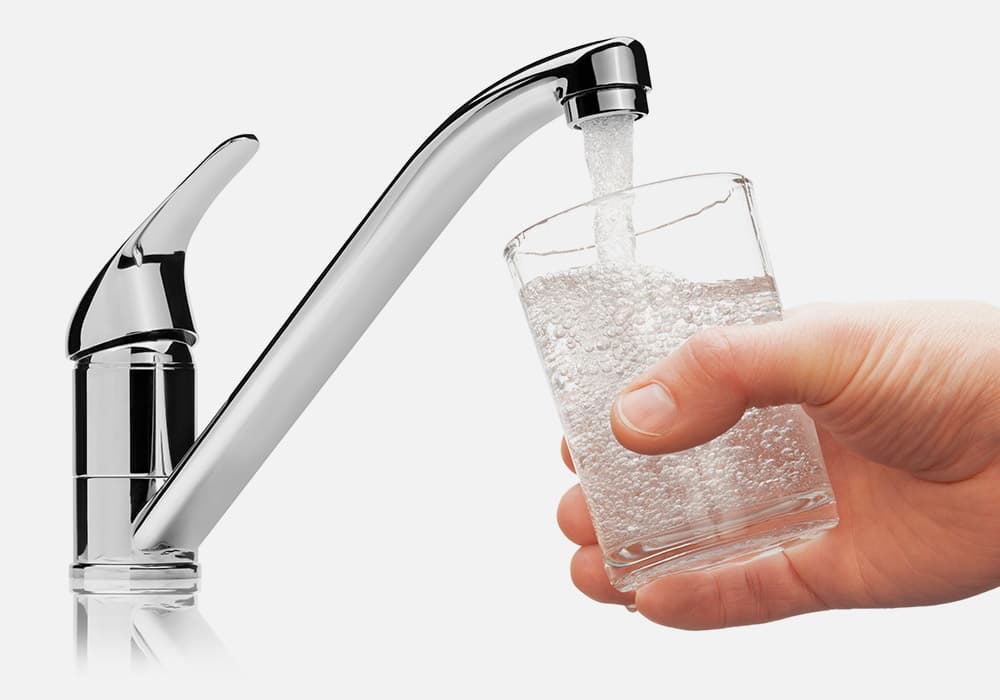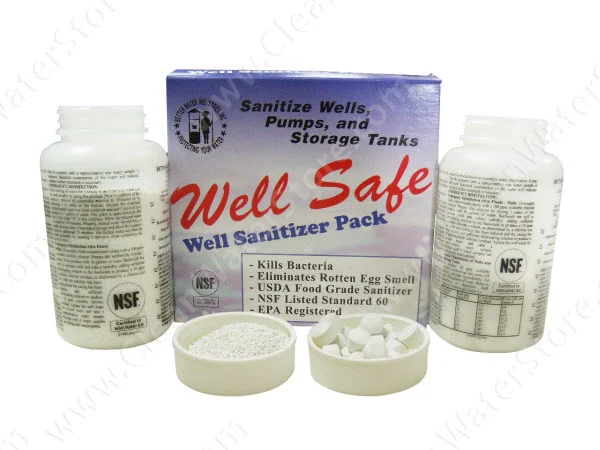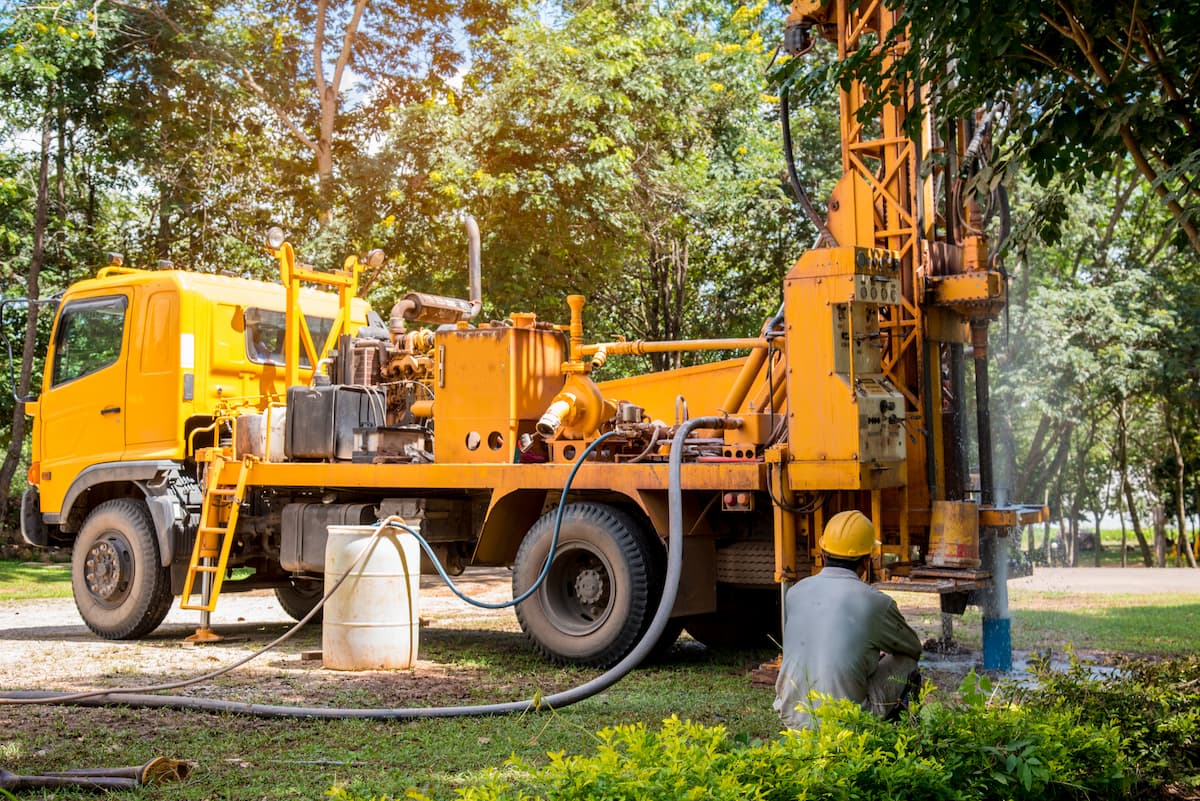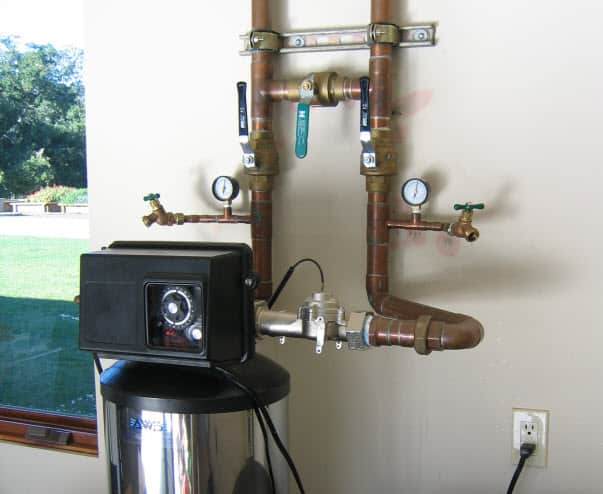Using a Chlorinator with a Storage Tank
Using a Chlorinator with a Storage Tank
We recently received a letter from a reader in Alaska who wondered how to install a chlorinator for use with a storage tank. Different types of chlorinators can be installed in various setups, such as inline and offline chlorinators, each integrating differently into the pool’s plumbing system. This is a common setup because it is easy to install and effective at killing rotten-egg odor and oxidizing iron and manganese in water by continuously adding chlorine.
A standard installation of a chlorinator and storage tank will look something like this:
When the upper float switch in the storage tank drops, the well pump and the chlorine metering pump turn on, and water starts flowing into the storage tank. As the water flows past the chlorinator's injection point, a small amount of chlorine is automatically injected into the water.
Depending on the water’s pH, 1.0 PPM of chlorine is typically injected for every 1.0 PPM of iron. For hydrogen sulfide (H2S), a dosage of 2.0 to 4.0 PPM of chlorine is needed for every 1.0 PPM of H2S.
The storage tank allows time for the chlorine to work on the odors and oxidize the iron and H2S. After the tank, a Pro-OX or Greensand iron filter can be used to remove any oxidized particles and sediment commonly present after chlorination. Some people also install an automatically backwashing carbon filter to remove any chlorine residual and polish the water to a fine clarity. The result is clean, disinfected, odor-free, iron-free water!
A standard installation of a chlorinator and storage tank will look something like this:
Introduction
Welcome to our comprehensive guide to chlorinators. A chlorinator is a device that adds chlorine to water to help keep it clean, clear, and properly treated. In this guide, we’ll cover the basics of how chlorinators work, the different types available, and how to choose the right one for your water treatment system.
We’ll also explore installation and maintenance tips, safety precautions, and ways to get the most out of your chlorinator. Whether you’re new to water treatment or looking to upgrade your current setup, this guide will help you confidently maintain clean, safe water.
Feel free to browse the sections for detailed information on selecting, installing, and maintaining your chlorination system.
Types of Chlorinators
When it comes to effective water treatment, there are several types of chlorinators to choose from, each offering unique features for various system setups:
-
Inline Chlorinators: These are installed directly into a water line and automatically dispense chlorine as the water flows through. They're ideal for continuous chlorination without manual input.
-
Offline Chlorinators: Installed alongside the main plumbing and connected with tubing, offline chlorinators offer easy access and maintenance without interfering with the core system.
-
Floating Chlorinators: Designed to float on the surface of a tank or reservoir, these units gradually release chlorine tablets over time. They’re a simple, low-maintenance option for smaller-scale applications.
-
Salt Chlorine Generators: These systems use salt to generate chlorine on-site, reducing the need for chemical storage. They’re valued for producing a steady chlorine supply while being gentler on equipment.
-
Automatic Chlorinators: These systems are programmed to maintain consistent chlorine levels without manual input, making them ideal for safely treating water with minimal oversight.
-
Manual Chlorinators: In manual systems, chlorine tablets or liquid chlorine are added by hand. While they require regular monitoring, they provide flexibility and control over dosing.
Chlorinators can be powered electrically, through solar energy, or operated manually—giving users a variety of options depending on their setup and maintenance preferences. Understanding the different types of chlorinators helps ensure your water treatment system remains effective, safe, and easy to manage.
Storage Tank Compatibility
Ensuring compatibility between your chlorinator and storage tank is crucial for effective and safe pool maintenance. Here are some key considerations:
- Storage Tank Design: The storage tank should be designed to hold the type and amount of chlorine used by your chlorinator. This ensures that the chlorine is stored safely and dispensed effectively.
- Chlorine Storage: It is important to store chlorine tablets or liquid chlorine in a well-ventilated area away from direct sunlight and heat sources. Proper storage helps maintain the chlorine's potency and prevents hazardous conditions.
- Material Durability: The storage tank should be made of a durable material that can withstand the corrosive properties of chlorine. This helps prevent leaks and extends the lifespan of your equipment.
- Manufacturer’s Instructions: Always follow the manufacturer’s instructions for storing and handling chlorine. This ensures safe and effective use, reduces the risk of accidents, and maintains optimal performance.
- Installation and Maintenance: Chlorinators and storage tanks should be installed and maintained according to the manufacturer’s guidelines. Regular cleaning and maintenance help prevent clogs and ensure the system functions properly.
- Regular Inspections: Inspect your chlorinator and storage tank regularly for signs of wear and tear. Addressing issues promptly can prevent more significant problems and ensure the longevity of your equipment.
Installation and Maintenance
Installing and maintaining your chlorinator is crucial to ensuring it works properly and lasts for a long time. Here are a few tips to keep in mind:
- Follow the Manufacturer’s Instructions: Always adhere to the manufacturer’s guidelines for installing and maintaining your chlorinator. This ensures that the device operates correctly and efficiently.
- Regularly Clean the Chlorinator: Keeping your chlorinator clean is essential for its proper functioning. Regular cleaning prevents buildup and blockages that can impair performance and ensures the chlorinator operates with minimum manual effort.
- Check the Chlorine Levels: Regularly monitor the chlorine levels in your pool to ensure they are within safe range. This helps maintain clean and safe pool water.
- Replace the Chlorinator as Needed: Chlorinators typically need replacing every 3-5 years. Monitor their performance and replace them when necessary to ensure your pool water remains safe and clean.
Pump and Filter Integration
Your pump and filter system should be compatible with the chlorine delivery setup to ensure proper circulation and distribution. A well-matched system supports efficient and consistent water treatment.
Regular Testing and Adjustment
Consistent testing and adjustment of chlorine levels are essential for maintaining safe, treated water. This helps prevent the growth of unwanted organisms and ensures that water remains clear and free of harmful pathogens.
Part of a Complete Maintenance System
Chlorine systems can be used alongside other water treatment components, such as filtration units or monitoring equipment, to create a comprehensive maintenance solution. This integrated approach helps maintain clean, well-balanced water in various settings.
Safety and Precautions
- Always Follow the Manufacturer’s Instructions: Follow the manufacturer’s instructions for using and maintaining your chlorinator. This helps prevent accidents and ensures the device operates safely.
- Wear Protective Gear: Always wear protective gear, such as gloves and goggles, when handling chlorine. Chlorine can be harmful if it comes into contact with your skin or eyes.
- Keep Out of Reach of Children: Chlorinators can be dangerous to children, so store chlorine and other pool chemicals in a secure location.
- Regularly Inspect: Regularly inspect your chlorinator to ensure it is working properly and not leaking. Ensure the chlorinator is distributing chlorine consistently each day the pool pump operates. Address any issues immediately to prevent accidents and maintain safe pool water.
If you have any further questions, e-mail us at support@cleanwaterstore.com, contact us on Facebook, or use our online contact form. We’re here to help!




